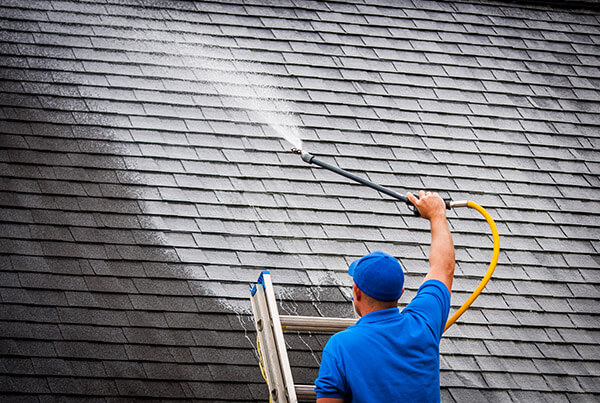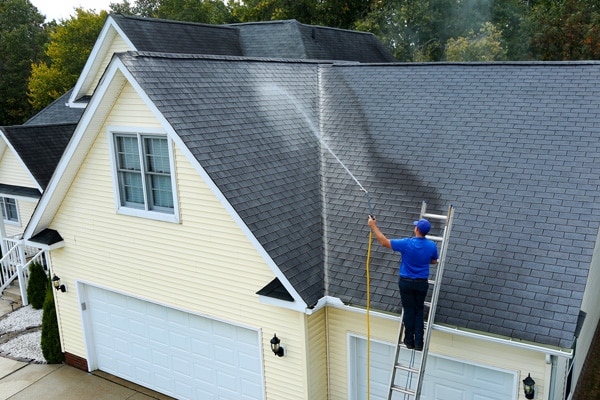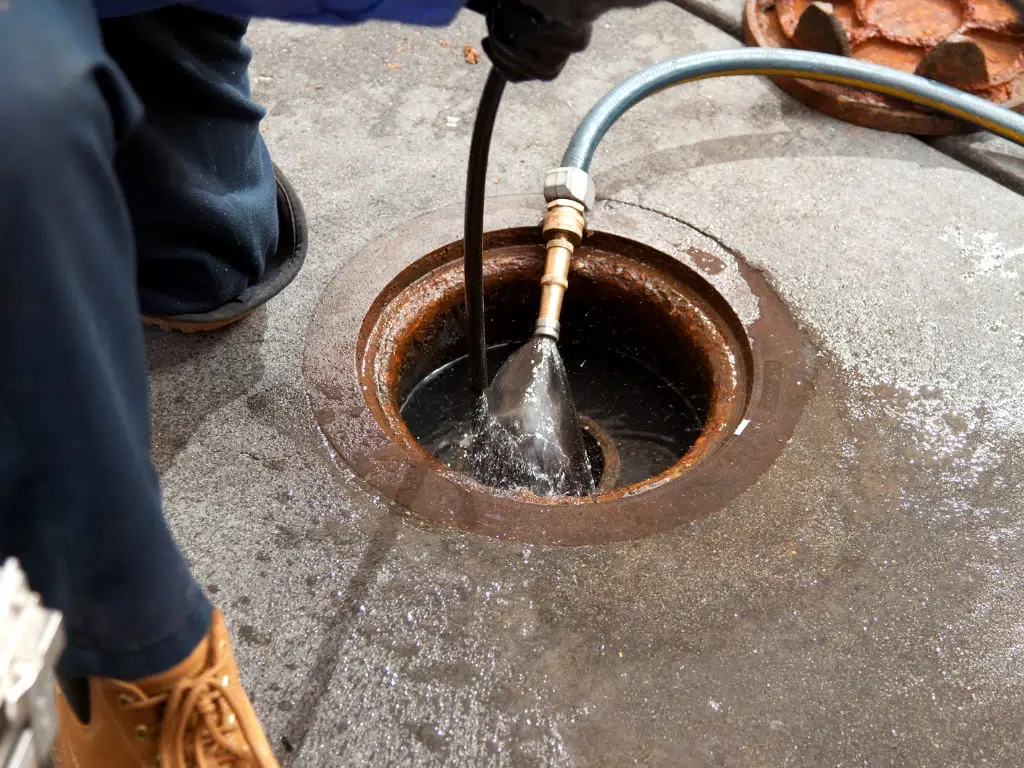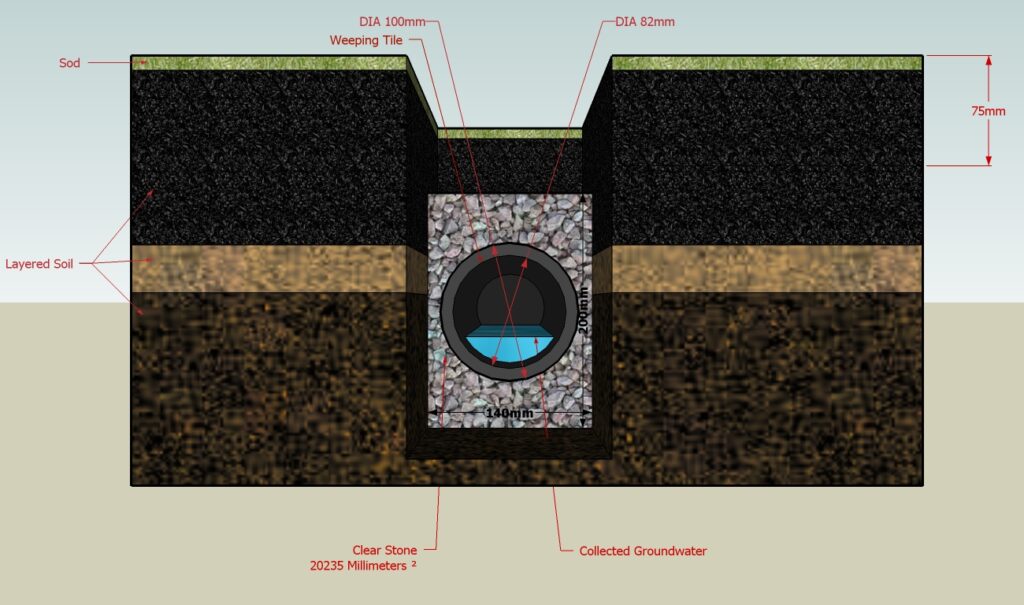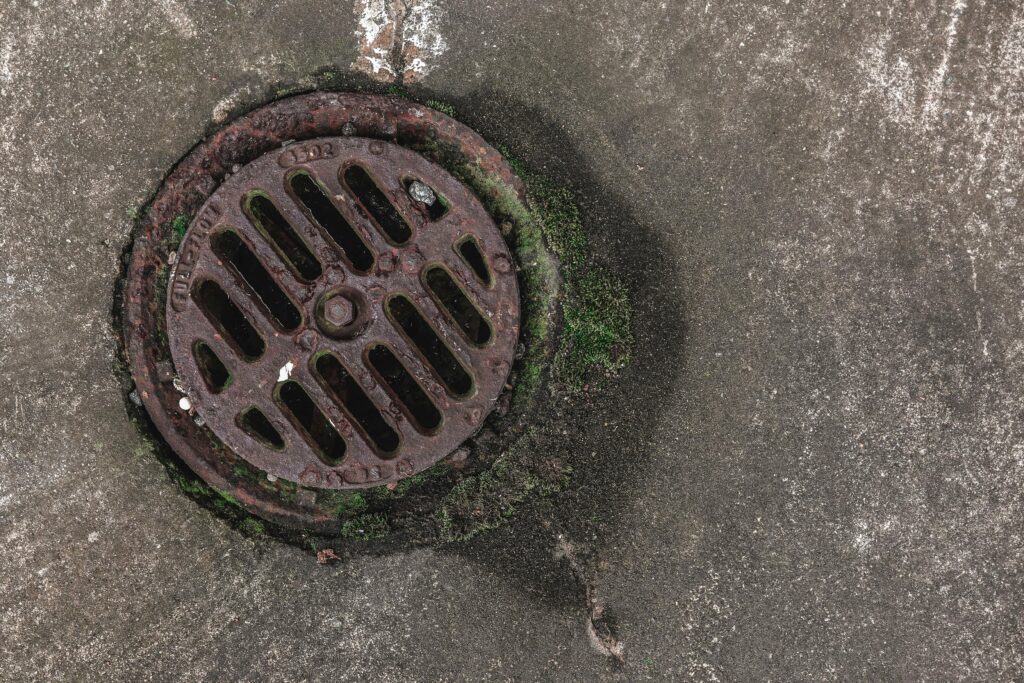Most homeowners don’t connect their roof condition to drainage issues around their property. The two seem unrelated at first glance.
But your roof is the starting point for every drop of water that hits your home during a storm. When that surface isn’t clean and functioning properly, problems begin that eventually reach your foundation.
Soft wash roof cleaning addresses issues that many people overlook until damage becomes visible. Understanding how a clean roof supports your entire drainage system can save you from expensive repairs down the road.
What Soft Wash Roof Cleaning Actually Does
Soft wash cleaning uses low-pressure water combined with specialized cleaning solutions. The method removes algae, moss, lichen, and organic debris without damaging shingles.
Traditional cleaning methods can strip granules from asphalt shingles or crack older roofing materials. Soft washing avoids this risk while still achieving thorough cleaning.
The cleaning solution does most of the work. It breaks down organic growth at the root level. The low-pressure rinse then washes everything away without force.
This approach works on all common roofing materials. Asphalt shingles, metal roofs, and tile all respond well to soft wash treatment.
How Algae and Moss Affect Shingle Performance
Black streaks on your roof aren’t just cosmetic. Those dark lines indicate algae growth, specifically a type called Gloeocapsa magma.
This algae feeds on the limestone filler in asphalt shingles. As it spreads, it holds moisture against the shingle surface.
Moss creates even bigger problems. Its root structure burrows under shingle edges and lifts them slightly. This creates gaps where water can penetrate.
When shingles stay damp longer than they should, they deteriorate faster. The granules that protect the asphalt base wash away more quickly.
Damaged or lifted shingles don’t shed water properly. Instead of flowing straight down to gutters, water can pool or run in unexpected directions.
The Connection Between Your Roof and Water Flow
Your roof serves as the collection point for all rainwater hitting your property. A typical residential roof channels hundreds of gallons during a moderate rainstorm.
Shingles are designed with a specific pattern that directs water downward. Each shingle overlaps the one below it, creating a continuous path to the gutters.
When organic growth interferes with this pattern, water doesn’t flow as intended. It might slow down, change direction, or find weak points to penetrate.
Clean shingles with intact surfaces shed water quickly and predictably. This consistent flow is essential for the rest of your drainage system to function.
In areas like Akron, Ohio, where seasonal weather brings both heavy rain and winter ice, proper water shedding becomes even more critical.
Why Gutter Function Depends on Roof Cleanliness
Gutters catch water only if the roof delivers it correctly. When moss or debris disrupts roof water flow, gutters receive uneven distribution.
Organic growth on shingles also creates loose particles. These bits wash into gutters during rain, adding to the debris load.
Moss fragments are particularly problematic. They break down slowly and can compact in gutters, creating blockages that resist normal flushing.
A roof covered in algae sheds more organic material than a clean one. This constant supply of debris fills gutters faster between cleanings.
When gutters overflow or drain poorly, water spills over the sides. This defeats the entire purpose of having a gutter system.
How Clogged Gutters Create Soil Erosion
Water that spills from gutters doesn’t just disappear. It falls directly next to your foundation, often with considerable force.
This concentrated flow erodes soil beneath downspouts and along the foundation line. Over time, channels form where water has repeatedly struck the ground.
Soil erosion near your foundation changes the grading around your home. The ground should slope away from the house to direct water outward.
When erosion creates low spots next to the foundation, water collects instead of draining away. These puddles soak into the soil and create pressure against foundation walls.
The cycle worsens with each rain. More water overflow leads to more erosion, which creates larger collection areas for standing water.
The Impact on Landscaping Near Your Home
Landscaping beds near your foundation face damage when gutters overflow regularly. The force of falling water compacts soil and damages plant roots.
Mulch washes away from targeted areas and spreads across lawns or driveways. This creates a messy appearance and removes the protective layer from plant beds.
Plants that prefer well-drained conditions suffer when excessive water saturates the soil around them. Root rot and fungal problems become common.
Even grass near the foundation shows signs of stress. Constant overflow creates bare patches or encourages weed growth in damaged areas.
Proper water flow through clean gutters distributes moisture more evenly. Downspouts direct water to appropriate drainage areas rather than dumping it randomly.
Foundation Moisture Problems Start at the Top
Your foundation is only as dry as your drainage system allows. When water consistently collects near foundation walls, it finds ways inside.
Concrete is porous. Sustained moisture against foundation walls allows water to wick through the material into basements or crawl spaces.
Cracks in foundation walls become entry points for water during heavy rain. Hydrostatic pressure from saturated soil forces water through these openings.
Interior moisture problems like basement dampness, musty odors, or visible water often trace back to exterior drainage failures.
Fixing foundation moisture issues is expensive. Waterproofing, crack repair, and interior drainage systems cost thousands of dollars.
The Complete Drainage Chain
Your home’s drainage system functions as a connected series. Each part depends on the others working correctly.
The roof collects water and directs it to gutters. Gutters channel it to downspouts. Downspouts carry it away from the foundation to proper drainage areas.
When the roof fails to shed water properly, every downstream component struggles. Gutters overflow, downspouts can’t handle the volume, and soil around the foundation becomes saturated.
Regular roof cleaning maintains the first link in this chain. A clean roof ensures consistent water flow to gutters, which allows them to function as designed.
Timing and Frequency Considerations
Most homes benefit from roof cleaning every two to three years. Climate and surrounding vegetation affect this timeline.
Homes under trees or in humid environments develop organic growth faster. These properties may need more frequent attention.
Spring and fall are ideal seasons for soft wash cleaning. Spring treatment removes winter accumulation before heavy summer rains. Fall cleaning prepares the roof for winter weather.
Waiting until visible black streaks cover large sections means the problem has existed for months or years. Earlier intervention prevents progressive damage.
What Homeowners Should Watch For
Several signs indicate your roof needs attention. Dark streaks are the most obvious visual cue.
Green patches suggest moss growth, especially on north-facing slopes or shaded areas. Moss appears fuzzy or textured compared to flat algae stains.
Check gutters for unusual debris after rainstorms. Excess organic material washing from the roof indicates active growth problems.
Look at the ground near your foundation after rain. Erosion patterns, standing water, or muddy areas signal drainage issues that may originate with roof problems.
Professional Assessment and Service
Roof cleaning requires specific equipment and expertise. The cleaning solutions must be mixed correctly and applied evenly for safe, effective results.
Professionals understand how different roofing materials respond to treatment. They adjust techniques based on shingle age, type, and condition.
Safety is another consideration. Roof work carries inherent risks that trained technicians are equipped to manage.
Companies like those found at BRC Exterior Cleaning Solutions typically include inspection as part of their service. This identifies shingle damage or potential weak points before they cause leaks.
Long-Term Benefits of Maintenance
Regular roof cleaning extends shingle life by removing damaging organic growth. This delays costly replacement projects.
A clean roof supports consistent drainage patterns throughout your property. This protects landscaping, prevents erosion, and reduces foundation moisture risk.
The investment in periodic cleaning is modest compared to repairing foundation damage, replacing eroded landscaping, or dealing with basement water problems.
Homeowners who maintain their roofs as part of regular property care avoid emergency situations and expensive surprise repairs.
Prevention Over Reaction
Most drainage problems around homes develop slowly. By the time they’re obvious, damage has accumulated over months or years.
Soft wash roof cleaning addresses the source before problems cascade through your drainage system. Clean shingles shed water properly, gutters function efficiently, and soil around your foundation stays stable.
This preventive approach costs less and causes less disruption than reactive repairs. It maintains property value and prevents stress from unexpected maintenance emergencies.
Your roof does more than keep rain out of your house. It manages every drop that falls on your property. Keeping it clean ensures that management system works as designed.

